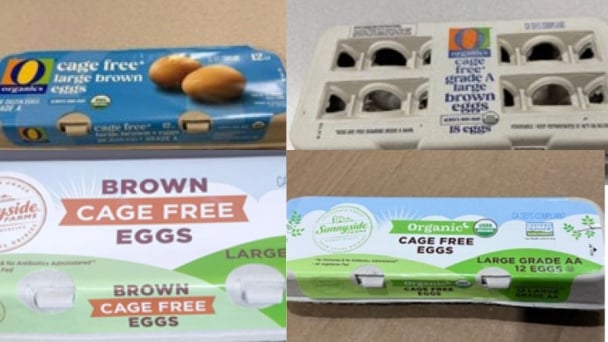June 17, 2025 | 09:48 GMT +7
June 17, 2025 | 09:48 GMT +7
Hotline: 0913.378.918
June 17, 2025 | 09:48 GMT +7
Hotline: 0913.378.918

The global seaweed market is already enormous, but The World Bank expects particularly strong growth in 10 new areas by the end of the decade.
This monetary value comes with seaweed’s ability to sink carbon, sustain marine biodiversity, employ women and unlock value chains.
The Global Seaweed New and Emerging Markets Report 2023 analyses the commercial opportunities for new high-growth seaweed market applications. The report offers insights for entrepreneurs, investors and policymakers towards ensuring the seaweed sector fulfils its potential now and into the future.
Today, most farmed seaweed is used for direct human consumption or fresh feed in aquaculture. In the future, seaweed products can displace fossil fuels in sectors such as textiles and plastics, sequester carbon, and generate income for fragile coastal communities. There are huge growth opportunities in many regions, as the current market is dominated by a few Asian countries which produce 98 percent of farmed seaweed.
“Growth in seaweed farming across the world will depend on sharing technology and knowledge between policy makers, financing institutions, the scientific community, the private sector, producers and processors - leaving no one behind. With women’s dominance in seaweed farming, the stage is set for catalysing a truly global 'she-weed' revolution,” said Valerie Hickey, the World Bank global director for the environment, natural resources and blue economy.
The report focuses on 10 relatively new and emerging seaweed applications that have the greatest market opportunities outside the established sectors. In the short-term, the most promising new markets are projected to reach $4.4 billion by 2030, including biostimulants, animal feed, pet foods, and methane-reducing additives. Medium-term opportunities, include nutritional supplements, alternative proteins, bioplastics, and fabrics could reach a potential value of $6 billion. Long-term emerging markets are projected to reach $1.4 billion, for pharmaceuticals and construction materials, but with significant regulatory challenges and a high cost of product development.
“Seaweed farming demonstrates how development, climate, and nature work together to generate value and uplift communities. Seaweed farming will be a source of nutrition security as well as an alternative to synthetic fertiliser,” said Martien van Nieuwkoop, World Bank global director for agriculture and food. “The World Bank is committed to help countries transform food systems towards better outcomes for people, planet and economies.”
To fully realise seaweed market’s potential, the industry will need to overcome several key issues. The largest challenge is the availability of seaweed itself, due to limitations in volume, and consistency and quality of the supply. As more applications of seaweed are developed, pricing and regulatory barriers may also emerge.
Despite these challenges, the climate and environment benefits of seaweed farming will help drive growth of potential emerging markets. As interest in “green” products continues to increase, many product developers have expressed a reliance on sustainability premiums to generate profits.
At a time when global resources are increasingly overstretched, it is particularly important that the world makes the most of resources, such as seaweed, that can both be swiftly regenerated and potentially help to regenerate ecosystems.
(The Fishsite)

(VAN) Extensive licensing requirements raise concerns about intellectual property theft.

(VAN) As of Friday, a salmonella outbreak linked to a California egg producer had sickened at least 79 people. Of the infected people, 21 hospitalizations were reported, U.S. health officials said.

(VAN) With the war ongoing, many Ukrainian farmers and rural farming families face limited access to their land due to mines and lack the financial resources to purchase needed agricultural inputs.

(VAN) Vikas Rambal has quietly built a $5 billion business empire in manufacturing, property and solar, and catapulted onto the Rich List.

(VAN) Available cropland now at less than five percent, according to latest geospatial assessment from FAO and UNOSAT.

(VAN) Alt Carbon has raised $12 million in a seed round as it plans to scale its carbon dioxide removal work in the South Asian nation.

(VAN) Attempts to bring down the price of the Japanese staple have had little effect amid a cost-of-living crisis.